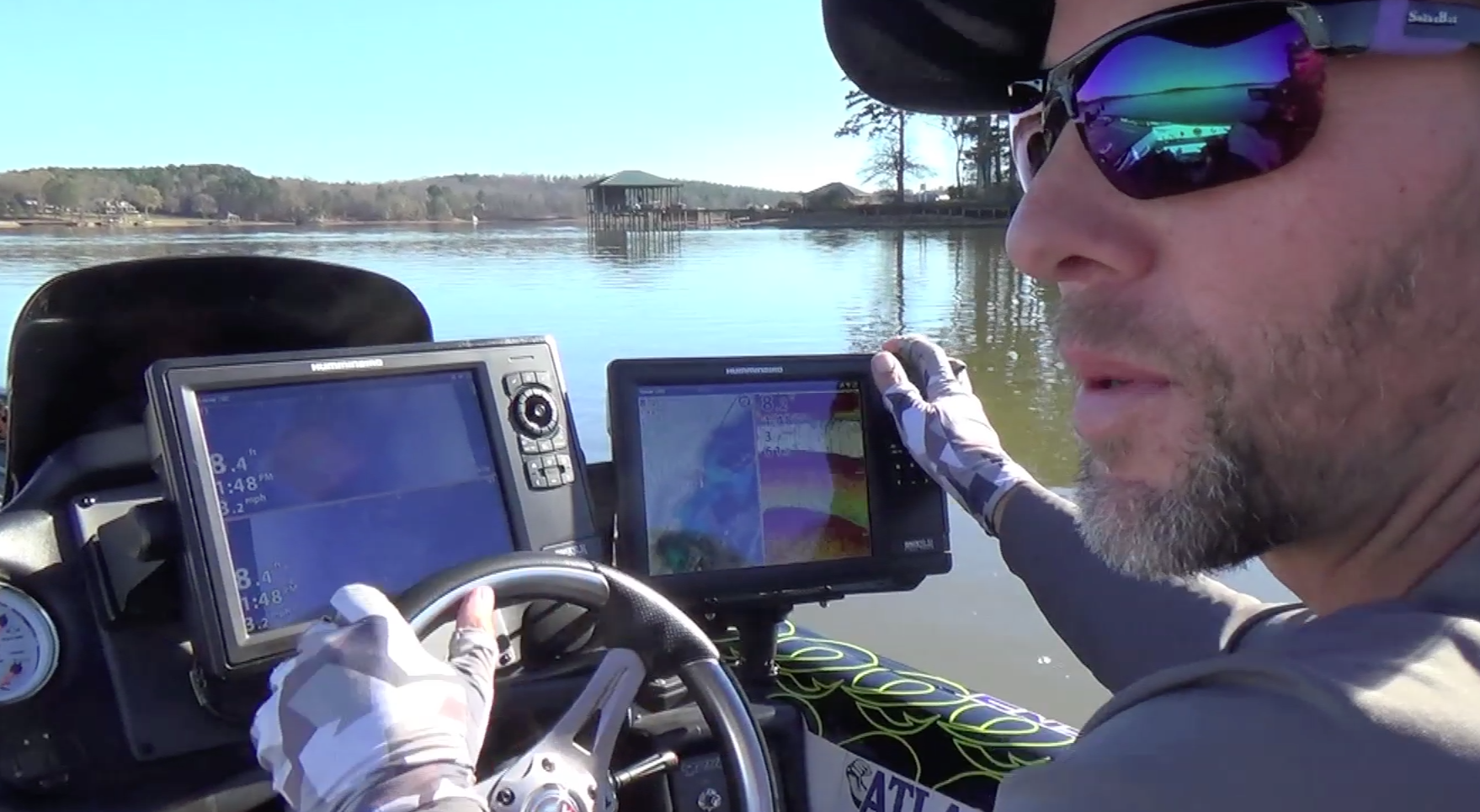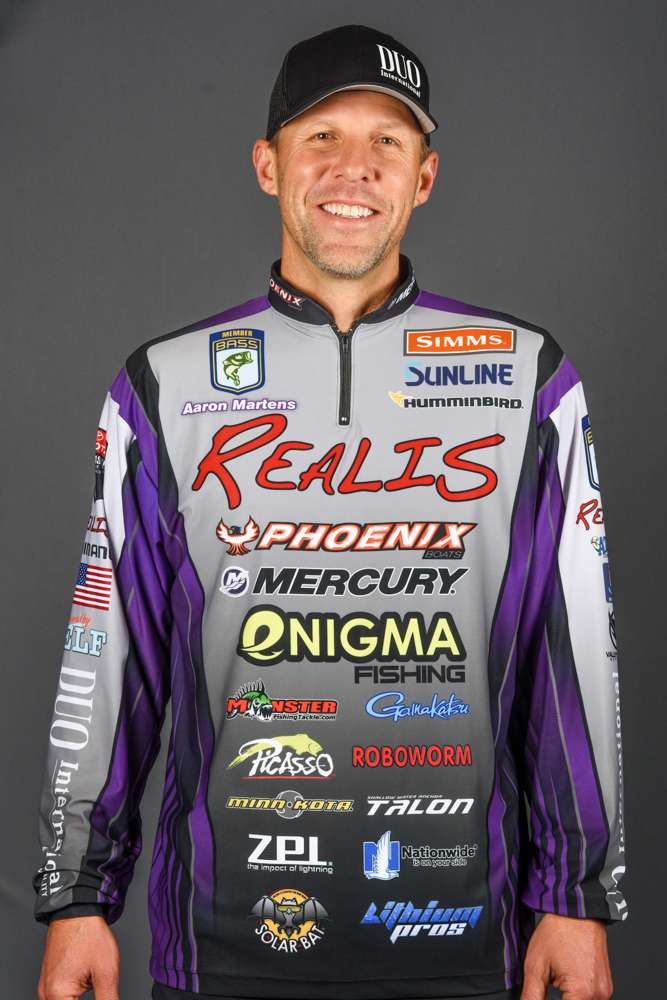
When I talk about pre-practice, I am talking about trips to lakes on the Elite schedule before they go off-limits. These trips have been a very important part of my success on tour, and they are especially important on bodies of water I have never been to or haven’t been to in quite some time.
This week, I have been pre-practicing on Lake Cherokee in Tennessee. It’s the first lake on the 2017 Bassmaster Elite Series schedule. Pre-practice isn’t for everyone, but for me it’s a huge help. I rarely seek out any insight to the places we are going from third parties, which is legal as long as it is done before the off-limits period. For that reason, it is important for me to visit the location and become as familiar with it as I can for the few days I spend there.
It’s tough to really figure out a big body of water, such as Cherokee in this case, in just a few days. I’ve spent a little more than two full days on the water and I really wish I had another four or five days to spend here — it’s a big body of water.
I spend most of my time during pre-practice graphing with my Humminbird side imaging and 2D scan. I am looking for bait, rocks, vegetation and ledges that can hold fish. At the same time I want to begin to understand what the baitfish are doing and what that may mean when I return after over a month.

It’s important for me to catch a few fish throughout the pre-practice. I spend at least 80 percent of my time graphing. I don’t need to catch a lot of fish, but I do want to catch a few. By catching a few, I can begin to determine what to look for, what the fish are doing and what stage they are in. At Cherokee this week, it’s cold, very cold, and the fish are in a winter pattern. I don’t see that changing much over the next few weeks. In fact, it could actually be colder when we return.
Breaking down the lake
The first thing I do is bring up the Lakemaster maps on my Humminbirds and scan around the lake for areas that have a lot of different features. I want to see creek channels, main river channels, ledges, cuts and coves. I am looking for somewhere to start that can show me the most amount of these features in the smallest amount of area.
I may start by launching my boat on the opposite end of the lake or river where I plan to begin graphing. This allows me to run the lake and get an overall perspective of the lake layout. While I run, I always pay attention to my graphs; you never know what you might run over the top of. Having my graphs set up to work while on pad is a key for me not only during pre-practice, but during practice and even during the tournament. It’s something that I rely on a lot.
Once I arrive in the area I plan to break down first, I begin idling and going over key areas on the Lakemaster map and I expand from there. I usually make several passes on anything that looks good, really trying to understand what it is I am seeing and how the fish may set up on it.

Overall, I am looking for stuff that could be good in a month, not for stuff that has fish on it today. I don’t even bother marking the most obvious stuff because everyone will find those spots. I am looking for good stuff that is tougher to find. However, finding stuff to have to yourself is getting tougher and tougher every year.
Prepare
For this Cherokee pre-practice, the battle was to stay warm. It’s one thing to stay warm while you are fishing but much harder to do when you are idling and not moving much for many hours at a time. I relied on a Simms base layer top and bottoms and their Downstream Sweater (insulated soft shell) and Simms Coldweather pants with my Prodry rainsuit to top it all off. I also wore Simms Extream G4 gloves to keep my hands warm. There isn’t much that’s worse, in my opinion, than being cold for hours on end. It got well below freezing during the trip and I was comfortable throughout.
I also bring a lot of food with me. I generally eat a lot anyway, but just sitting in one spot for hour after hour in the cold tends to make me hungry. I try and pack healthy food and a lot of it. Having to leave the water to get food or drinks is a waste of time. I don’t have a lot of time to pre-practice so I make the most of every hour.
One other thing to do is to make sure you run an additive in your gas. Idling is especially hard on a motor. I use Mercury Quickleen and I can tell the difference. I run it all the time. One way to know that it is working is to watch your prop. Motors that are running clean won’t turn the prop black. During the Elite Series season, I can tell who runs an additive and who doesn’t just by looking at the props.
Wrap up
I enjoy pre-practicing even though I am not fishing much of the time. The art of figuring out the fish is something I have always had a passion for. When the time comes, I know the effort I put into staring at the Humminbird screens may really pay off. My only wish is that I could pre-practice for every tournament. I think it’s time well spent, even on bodies of water I know pretty well. I am a definite believer that pre-practice makes me a better angler.

